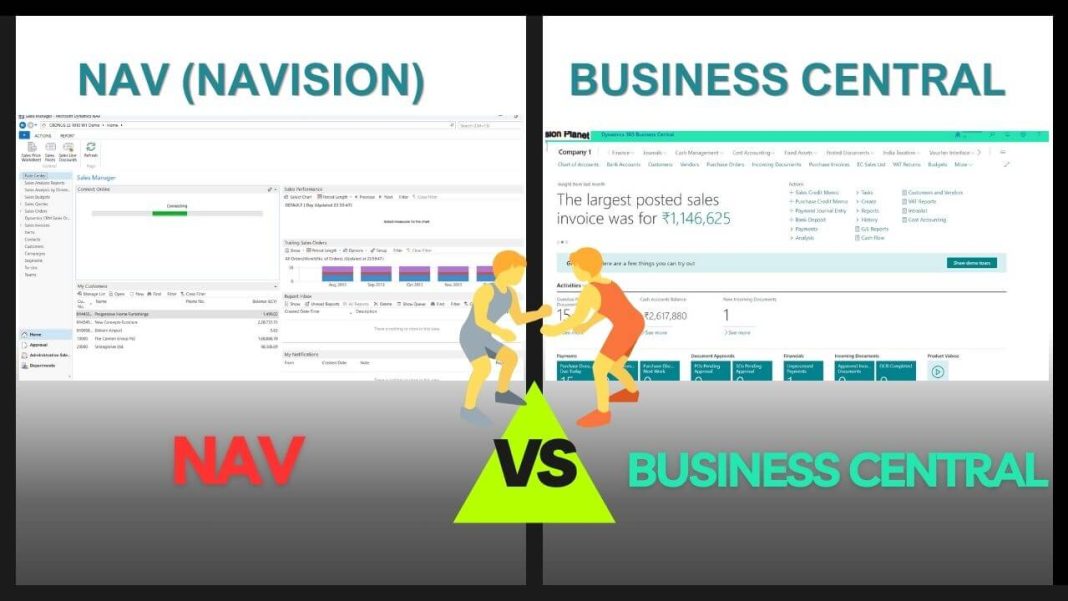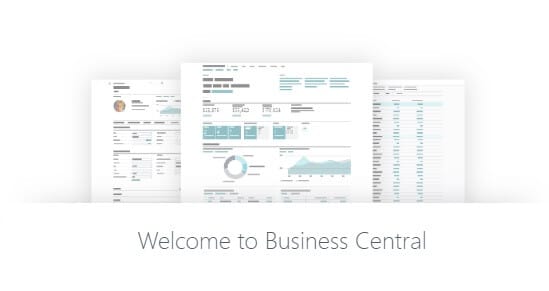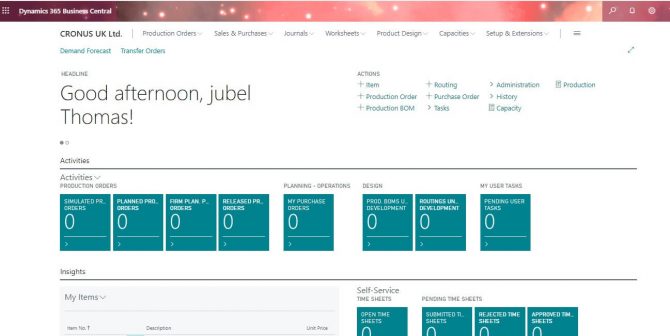Table of Contents
Microsoft Dynamics NAV vs Dynamics 365 Business Central: A Comprehensive Comparison
In this post, I will compare the ERP products Microsoft Dynamics NAV and Dynamics 365 Business Central. Both tools have played pivotal roles in streamlining business processes, but what differentiates them, and how can you decide which one fits your business needs? We’re diving into an in-depth comparison to help you understand the evolution and features of these business solutions. The reason for this post is that most of the online resources I found show incorrect results. Therefore, I would like to share the actual differences between Dynamics NAV and D365 Business Central in a simple and easy-to-understand way, based on my experience.
The Evolution from Dynamics NAV to Business Central
Dynamics NAV, once known as Navision, carved out a significant presence in the ERP market with its flexibility and customization abilities. As businesses migrated towards cloud-based solutions, Microsoft introduced Dynamics 365 Business Central, a powerful successor designed for the modern business landscape. Kindly note that Business Central still allows you to install on-premise products as well. However there is a plan to revoke this in couple of years. For a detailed understanding, visit our history of transformation from Business Solution Navision to Dynamics NAV to Dynamics 365 Business Central, which is available. It is also advised to check the Comprehensive Product Versions List of NAV / Navision / Business Central till date. These posts will give you a complete idea of where it started and its current stage. As mentioned in previous posts, the Business Central era became active in the year 2018.
Comparing Features and Capabilities: NAV vs Business Central
Following quick chart demonstrates the easy comparison between NAV vs Business Central products. Now let’s start the fight
| Feature | Dynamics NAV ( Navision ) | Dynamics 365 Business Central |
|---|---|---|
| Latest Product | Dynamics NAV 2018 (only released till 2018 and mainstream support ended; check Life Cycle of 2018) | Business Central 2023 Wave 2 (October 2023): BC 23 |
| Deployment | On-premise, Cloud-hosted | Primarily Cloud-based, with an On-premise option. Also available Hybrid variant for max benefit. |
| Licensing | Per-server | Per-user |
| Updates | No more hotfixes or updates are available now | Regular updates are available. Major releases in April / October months. Minor release every month. |
| Customization | Highly customizable | Customizable with a focus on add-on extensions |
| User Interface | Traditional functional layout | Modern, intuitive, and aligned with other Microsoft products |
| Ease of Upgrade | Manual upgrade process | Streamlined upgrade within the cloud ecosystem |
| Maintenance | Requires manual updates and maintenance | Automatic updates, reducing IT workload |
| Integration | Basic integration with Microsoft products | Deep integration across Microsoft 365 suite |
| Advanced Features | Limited | Advanced analytics, AI,Copilot and machine learning capabilities |
| Global Reach | Supports multi-national operations, yet customization might be needed | Built-in features for global business compliance and standards |
Business Central Cloud vs On Premise Quick Comparison
Top 10 ERP Systems of 2025: Fueling Your Journey to Success!





